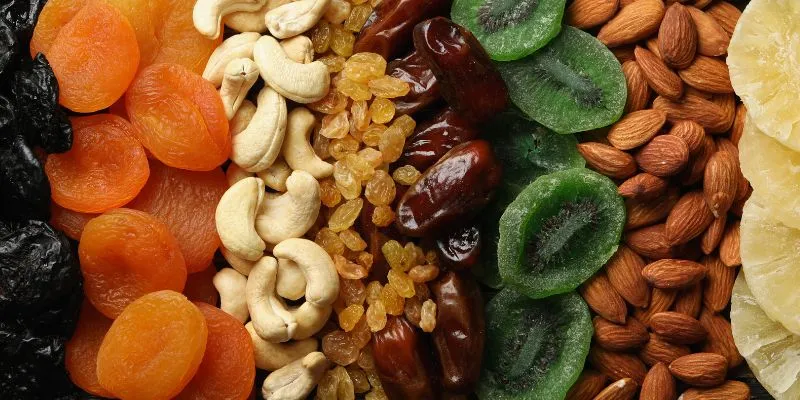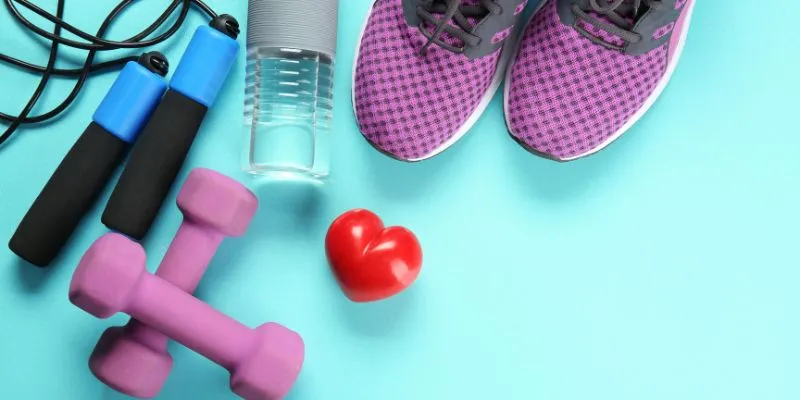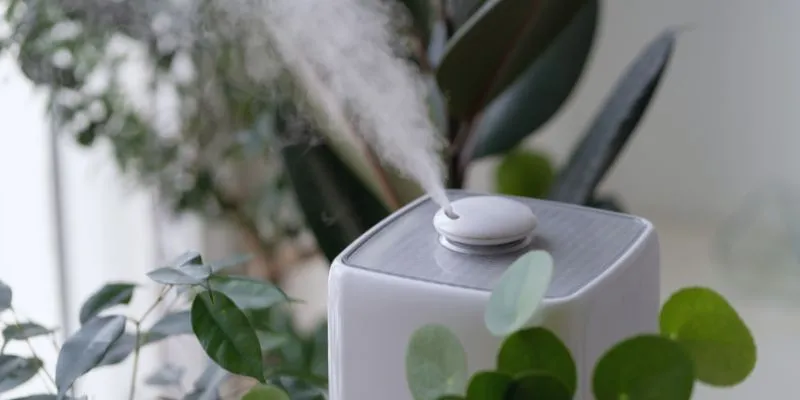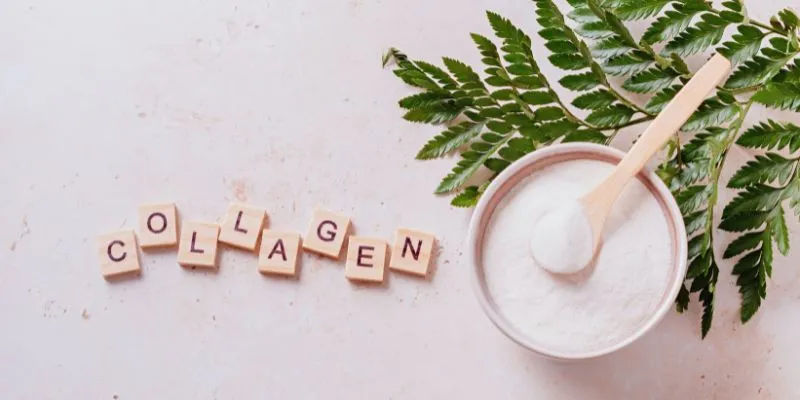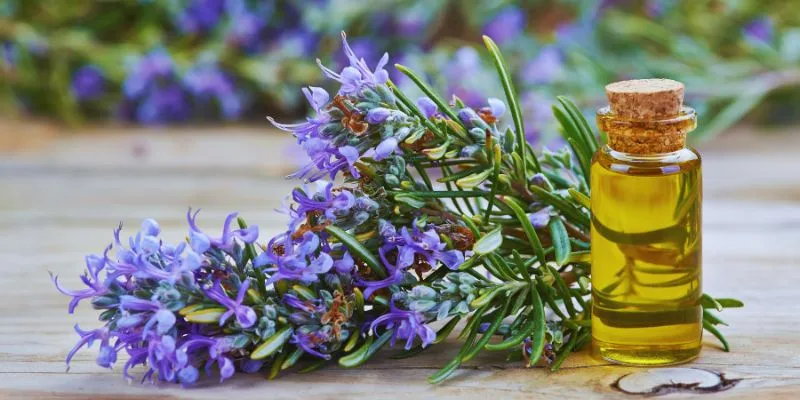Does Cupping Therapy Really Work? Discover Its Benefits and Facts
Cupping therapy has existed for thousands of years but has only recently gained popularity as an alternative form of healthcare. This age-old technique increases blood flow, reduces discomfort, and promotes relaxation using suction cups applied to the skin. But is it truly effective? Some argue its efficacy, while others praise its benefits for reducing muscle tension and improving general wellness.
Cupping therapy aims to naturally address issues like skin disorders, inflammation, stress, and chronic pain. This article will explore the possible advantages of cupping therapy , how it works, and what research says about it. By the end, you’ll know whether this ancient practice is worth trying for your health.

What Is Cupping Therapy?
Cupping therapy is an alternative healing method with roots in ancient Chinese and Middle Eastern medicine. Despite being thousands of years old, it remains widely used today. The therapy employs silicone, glass, or bamboo cups to create a vacuum on the skin. The suction lifts the skin upward into the cup, increasing blood flow, reducing stress, and promoting relaxation.
Cupping leaves marks resembling circular bruises. Usually harmless, these marks typically disappear in a few days. Cupping comes in two forms: wet and dry. In dry cupping, suction is applied to the skin alone. In wet cupping, small incisions allow toxins to be drawn from the body. Each technique offers unique healing benefits.
How Does Cupping Therapy Work?
Cupping therapy uses suction to boost blood flow to targeted areas. The suction generates pressure, activating blood vessels, tissues, and muscles, potentially aiding natural healing and muscle relaxation. The pressure created by the cups pulls stagnant blood to the surface, which, according to Chinese medicine, eliminates toxins and enhances energy flow, often referred to as “Qi.” Improved circulation helps relieve stiffness, inflammation, and pain.
A therapy session typically lasts fifteen to thirty minutes. “Moving cupping” involves practitioners moving the cups along the skin for a massage-like effect. Wet cupping, through controlled bleeding, offers a detoxifying element. Both methods aim to promote overall well-being. Although the exact mechanisms remain unclear, many patients report positive outcomes after treatment.
Benefits of Cupping Therapy
Cupping therapy offers several potential health benefits, making it sought after for both psychological and physical relief. Here are some of the primary advantages of cupping therapy:
- Pain Relief: Cupping therapy may help alleviate joint and muscle pain. Improved blood circulation aids in muscle relaxation and reduces stiffness, commonly benefiting back, neck, and shoulder pain.
- Improved Blood Flow: The suction enhances circulation, delivering oxygen-rich blood to specific areas, accelerating the repair of damaged tissues.
- Stress and Anxiety Reduction: The treatment calms the nervous system, leaving many individuals feeling relaxed and tension-free after a session.
- Detoxification: Wet cupping releases stagnant blood, removing toxins and purifying the body.
- Better Skin Health: Cupping therapy can aid in addressing acne, scars, and inflammation. Enhanced blood flow nourishes the skin, promoting a healthier glow.
These advantages make cupping therapy appealing to those seeking natural healing solutions.
Is There Any Scientific Evidence Behind Cupping Therapy?
Despite its long history, scientific studies on cupping therapy are limited. However, some research suggests potential benefits for specific conditions. For individuals with chronic pain, it may relieve muscle stiffness and enhance circulation, promoting relaxation. A review of studies also indicated promising results for conditions such as migraines, neck pain, and lower back discomfort.
While the exact mechanisms are not fully understood, many experts agree that improved blood flow significantly reduces pain. Some specialists also believe cupping therapy may enhance immunity by stimulating local tissues and prompting a healing response from the body. Nonetheless, more research is needed to fully understand the scientific basis of cupping therapy. Current studies are generally small, and their findings vary, but user testimonials and anecdotal evidence often report positive outcomes.

Potential Side Effects of Cupping Therapy
Like any treatment, cupping has potential side effects. While generally considered safe, it may not be suitable for everyone. Common side effects include:
- Skin Marks and Bruising: The suction creates bruise-like circular marks on the skin, usually fading within a few days.
- Soreness: Some individuals may experience mild soreness after a session, typically temporary and mild.
- Skin Infections: The small incisions involved in wet cupping could lead to infections if not performed hygienically.
- Dizziness: Some people might feel dizzy or lightheaded post-treatment, though this is rare.
Consulting a trained practitioner can help minimize risks. Proper techniques and hygiene ensure a safe and effective cupping session.
Who Should Avoid Cupping Therapy?
While cupping therapy offers benefits for many, it is not suitable for everyone. Certain individuals should avoid this treatment to prevent complications. Here are some groups that should exercise caution:
- Pregnant Women: Cupping therapy is not recommended during pregnancy, especially on the abdomen or lower back.
- Individuals with Bleeding Disorders: Those with hemophilia or blood clotting disorders should avoid cupping as it may exacerbate their condition.
- Skin Conditions: Cupping therapy may worsen psoriasis, eczema, or open wounds.
- Elderly and Children: Young children and older adults may find cupping too intense. Consult a healthcare professional first.
If you’re unsure whether cupping therapy is right for you, consult a healthcare provider. They can guide you based on your specific medical needs.
Conclusion
Cupping therapy remains popular due to its ancient roots and modern appeal. While scientific evidence is still developing, many patients report significant benefits, including pain relief, improved circulation, and reduced stress. To ensure effectiveness and safety, see a certified practitioner. Whether you’re interested in alternative therapies or exploring their healing potential, cupping therapy might be worth considering. Understanding its benefits and drawbacks will help you decide if it’s the right path for your wellness journey.


